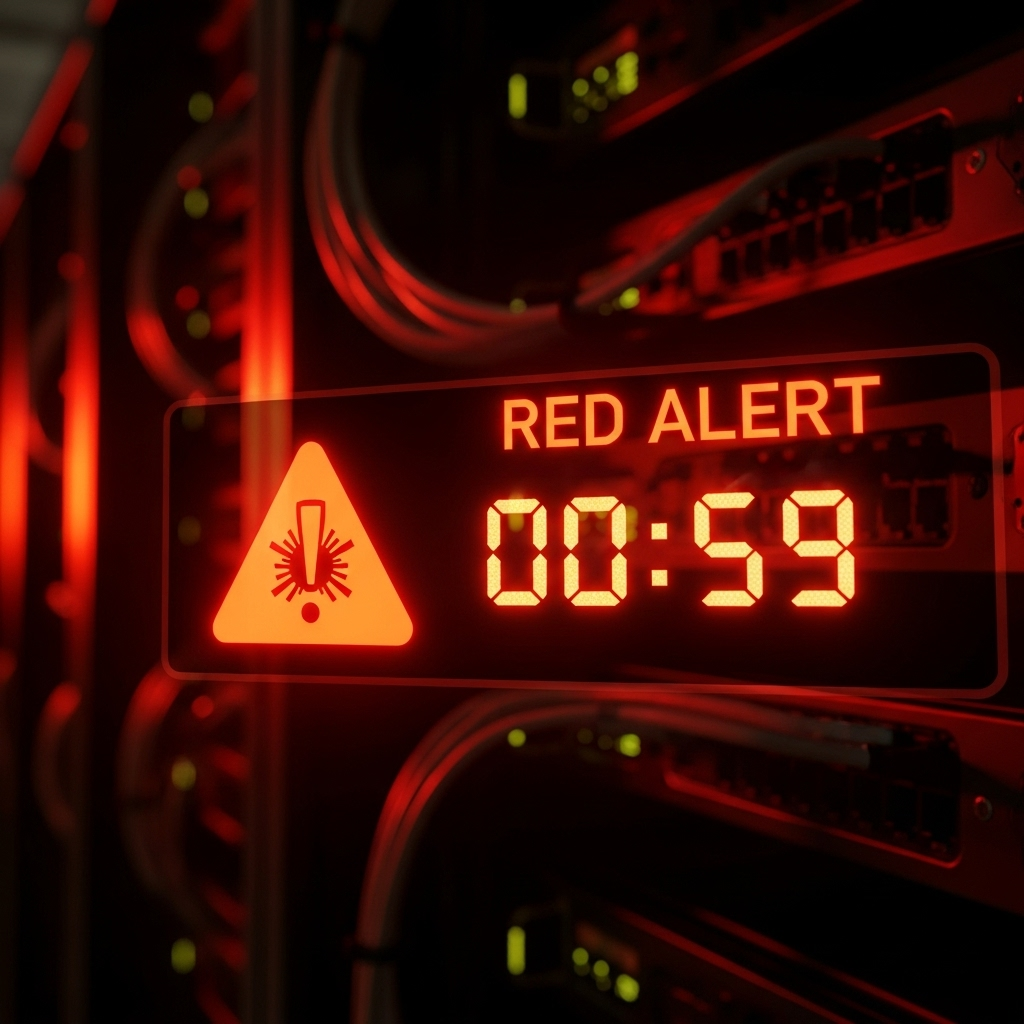The cybersecurity landscape is in a constant state of flux, but certain threats demand immediate attention. Today, a critical new vulnerability has been added to the U.S. Cybersecurity and Infrastructure Security Agency’s (CISA) “Known Exploited Vulnerabilities” (KEV) Catalog, carrying with it an urgent, one-day mandate for federal civilian executive branch (FCEB) agencies to patch. The vulnerability, identified as CitrixBleed 2 (CVE-2025-5777), is a remote code execution (RCE) flaw in Citrix NetScaler ADC and Gateway appliances, and it poses an unacceptable risk to organizations worldwide.
What is CitrixBleed 2?
CitrixBleed 2 is a new and critical security flaw impacting specific versions of Citrix’s NetScaler Application Delivery Controller (ADC) and NetScaler Gateway. This vulnerability is not a simple bug; it’s a critical remote code execution flaw that allows an unauthenticated attacker to execute arbitrary code on a vulnerable server. In simpler terms, an attacker can exploit this weakness without needing any login credentials, effectively taking control of the affected device.
The original CitrixBleed (CVE-2023-4966) was a significant memory-leak vulnerability that was widely exploited to bypass password authentication and session hijacking. This new iteration, CitrixBleed 2, appears to be an even more dangerous RCE flaw, raising the stakes for affected organizations. Its inclusion in CISA’s KEV catalog indicates that the vulnerability is not theoretical; it is being actively exploited in the wild, making every unpatched instance a potential target.
Why CISA’s Warning is a Red Alert
CISA’s KEV catalog is not a simple advisory list. It is a directive for U.S. federal agencies, and its warnings are often seen as a bellwether for the entire cybersecurity community. When CISA adds a vulnerability to this list, it’s a definitive signal that the flaw is not only critical but is already being used by malicious actors. The one-day deadline issued for FCEB agencies underscores the severe and time-sensitive nature of the threat. This immediate action is necessary to prevent significant damage to national security and critical infrastructure.
For all organizations, regardless of whether they are a U.S. federal entity, CISA’s warning should be treated as a red alert. If your network uses a vulnerable Citrix NetScaler device, you are now a target. Procrastination is not an option.
Action Plan: How to Secure Your Systems Immediately
Organizations running Citrix NetScaler ADC and Gateway appliances must take immediate and decisive action. Waiting for your regular patch cycle is a recipe for disaster. The following steps are non-negotiable:
- Identify Vulnerable Devices: The first step is to perform a comprehensive audit of your network infrastructure to identify all Citrix NetScaler ADC and Gateway instances. It is crucial to determine which versions are in use and if they are impacted by CVE-2025-5777. The affected versions are listed in the official Citrix security bulletin.
- Apply Patches Immediately: Citrix has released security patches to address the CitrixBleed 2 vulnerability. These patches must be applied as soon as possible. Do not delay. Patching is the single most effective way to eliminate the threat.
- Check for Compromise: Given that this vulnerability is being actively exploited, it is vital to assume a potential breach. After patching, organizations should conduct a thorough forensic analysis. Look for indicators of compromise (IoCs) provided by Citrix or trusted security vendors. This includes searching for unusual network activity, unexpected processes, or unauthorized access to sensitive systems.
- Isolate and Respond: If any signs of compromise are found, immediately isolate the affected devices from the network. Follow your incident response plan to contain the breach, eradicate the threat, and restore systems from a known-good backup. This is where a robust and well-practiced incident response protocol becomes invaluable.
- Review and Strengthen Security Posture: Beyond the immediate fix, use this event as an opportunity to review your overall security posture. Ensure you are following best practices such as least privilege access, network segmentation, and multi-factor authentication (MFA) to limit the potential impact of future vulnerabilities. This is an opportune moment to revisit our guidance on a comprehensive Zero Trust Architecture.
Conclusion
The CitrixBleed 2 vulnerability is a stark reminder that cyber threats are evolving at a rapid pace. The window between a vulnerability’s public disclosure and its active exploitation is shrinking, making proactive and immediate patching a foundational element of modern cybersecurity. CISA’s urgent warning is not just for government agencies; it is a critical message for the entire global IT community. By acting decisively, organizations can protect their data, maintain operational integrity, and stay one step ahead of the attackers who are already leveraging this flaw.

